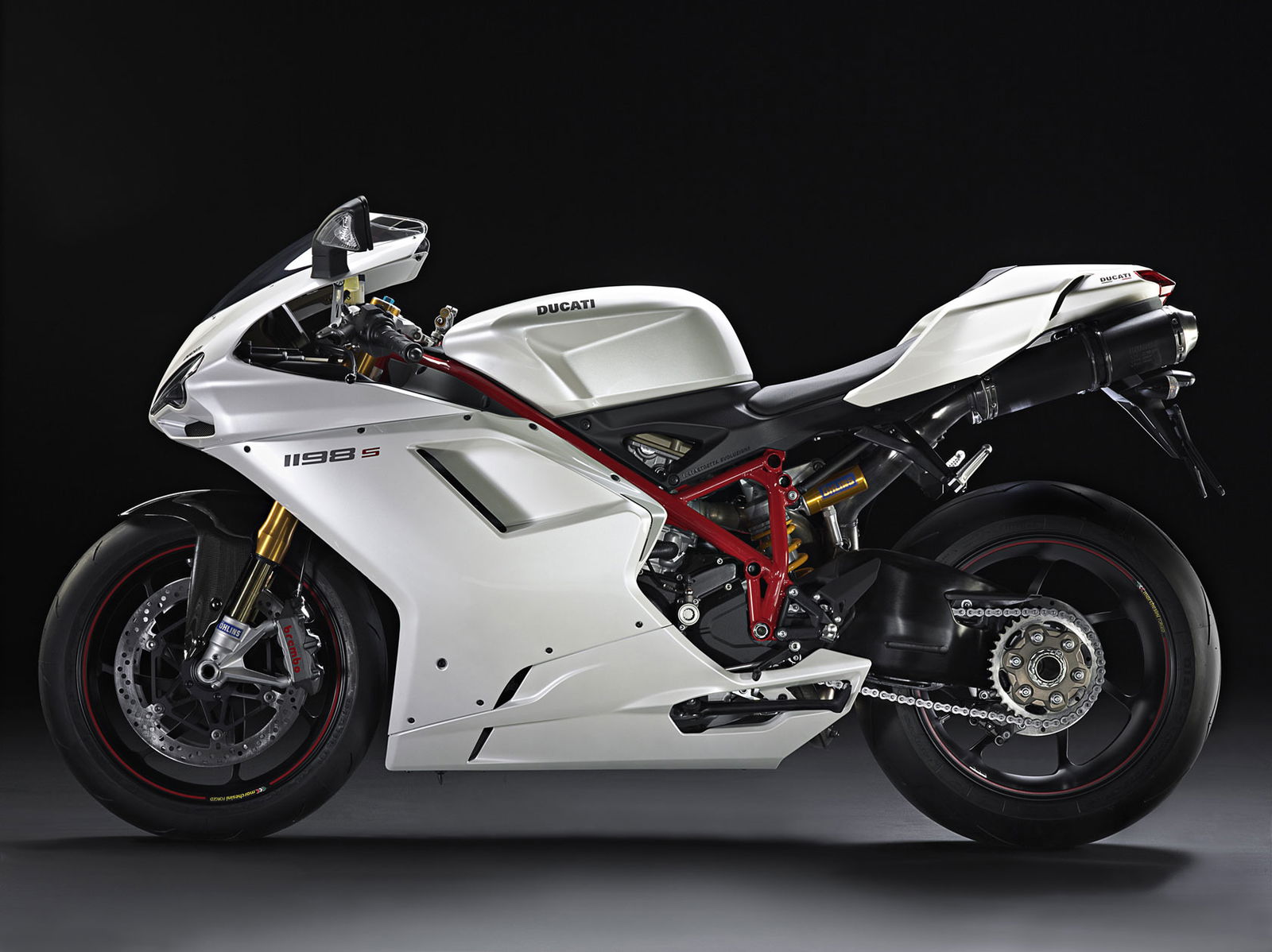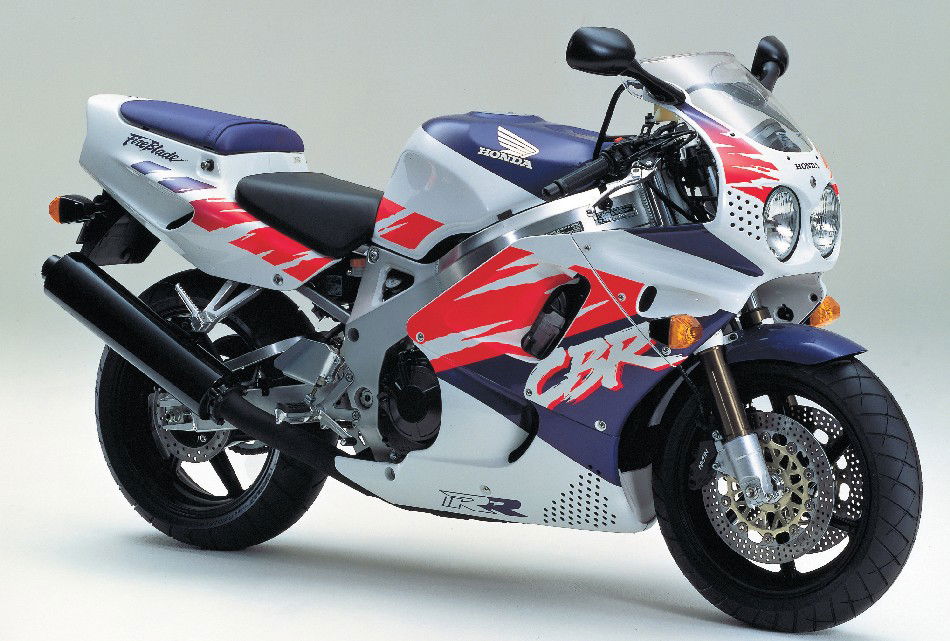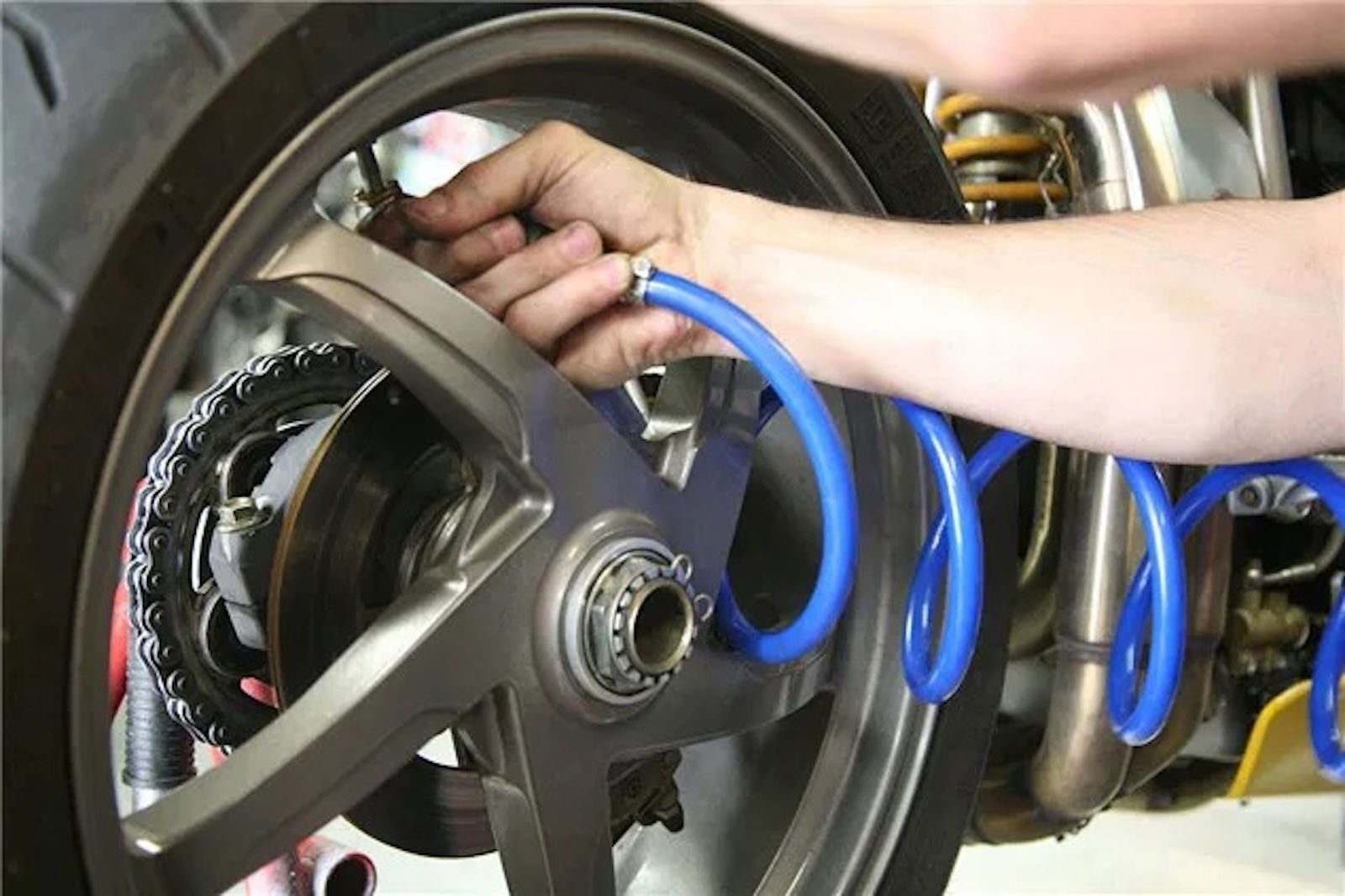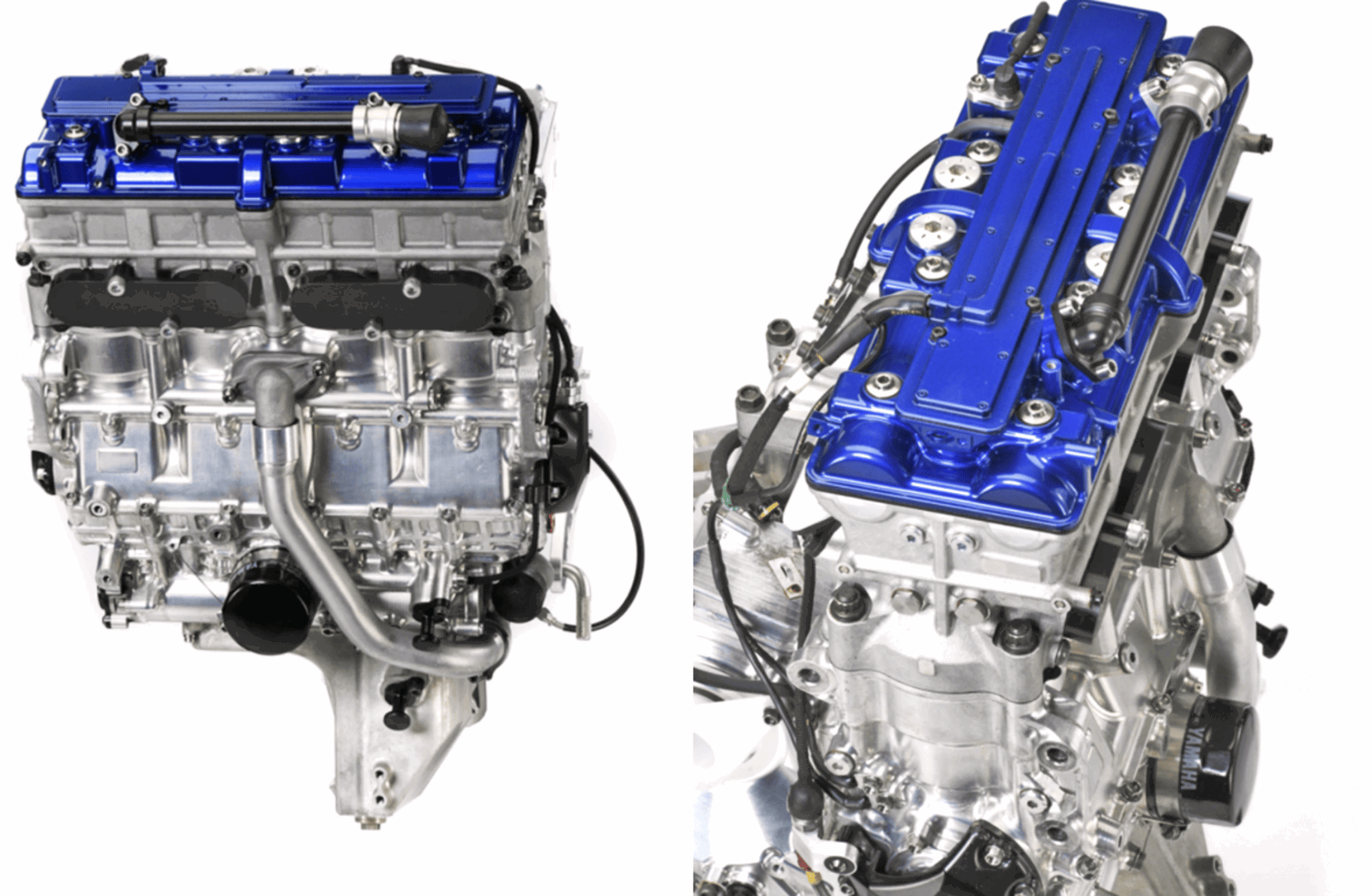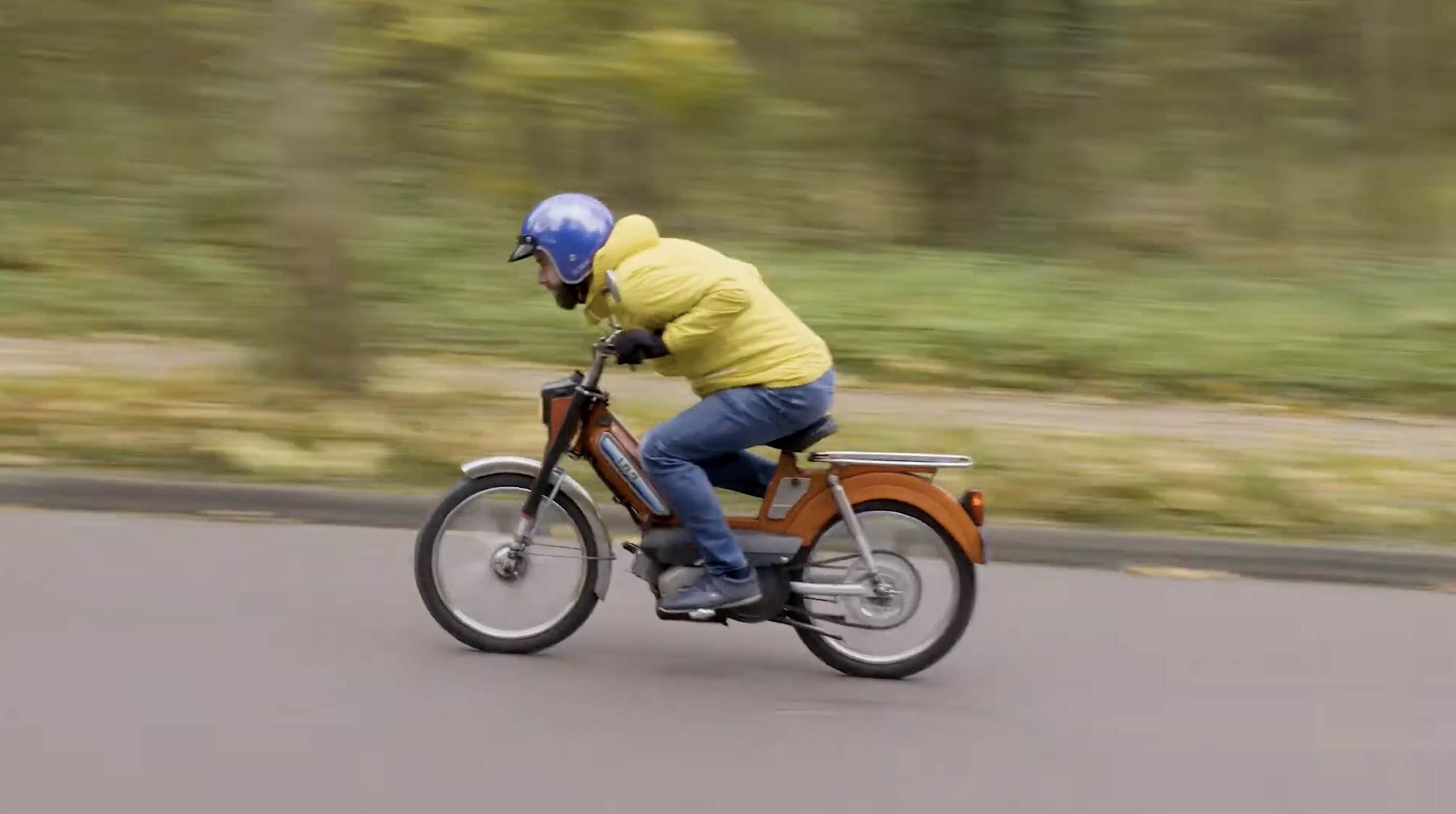Top 10 interesting Suzukis you might not know about
NB: Interesting does not necessarily mean good

SUZUKI might be small compared to Honda and Yamaha but it could never be accused of lacking diversity in its range. In fact it's always had a bold streak a mile wide when it comes to creating production bikes that its rivals would leave as nothing more than concepts.
Of course, that bravery sometimes backfires, and as a result Suzuki’s history is littered with machines that were made for only a year or two and often restricted to the Japanese market, meaning over here they’re completely unfamiliar.
Here’s a list of some of the more interesting ones. NB: Interesting does not mean the same as good!
10. GS250FW (1983-4)
On the face of it there’s nothing remarkable about the GS250FW. It looks okay in that early-'80s sort of way, but there’s little to make it stand out. Until you remember its context, that is. Back in 1983, the idea of a 250cc four-cylinder production bike was verging on insanity. The lack of an ‘X’ in the name reveals it had only two valves per cylinder – even Suzuki’s miniaturisation skills weren’t set to make it a 16-valve engine at that stage – and its claimed 36bhp wasn’t enough to make it competitive against the 250cc two-strokes that were its intended rivals. Suzuki did persevere with 250cc fours, and within a few years all the Japanese firms were making them, but the GS250FW was an inauspicious start. As well as Japan, it was sold in Australia, where one magazine awarded it the title ‘Dog of the Year.’ The similar-looking but far more capable 16-valve, 400cc GSX400FW is probably a much better bet.
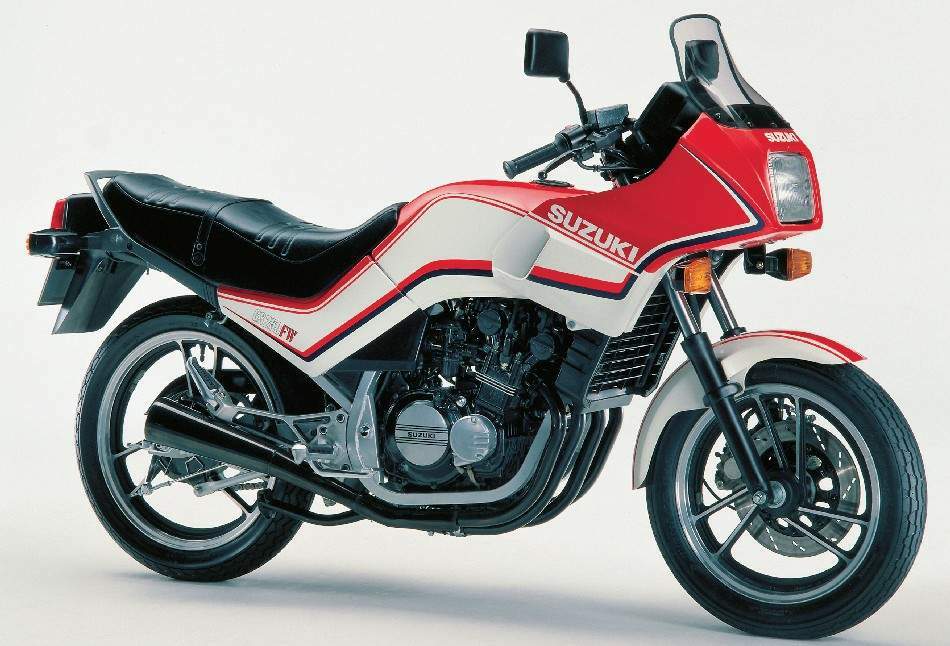
9. RV90 VanVan (1972-81)
The long production run and the fact that Suzuki later revived the VanVan name on the 2003-on RV125 shows that the RV90 (and there were RV50, RV75 and RV125 versions, too) was actually something of a success. We’ve picked out the 90 as the most extreme version of what was effectively a two-wheeled beach buggy. Unlike the new millennium VanVan, the RV90 had proper balloon tyres both front and rear and a Honda Cub-style pressed steel chassis combined with an 8bhp two-stroke single. If it’s even half as much fun to ride as it looks like it should be, then we’d imagine it’s a complete hoot.
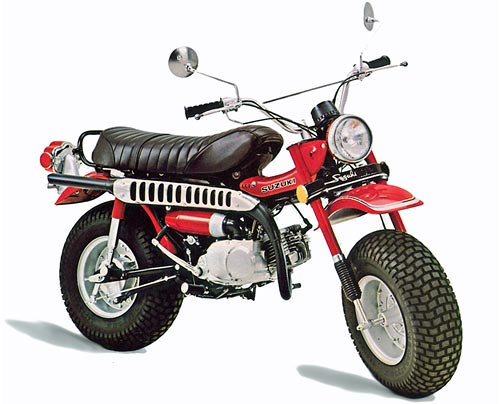
8. GSX-R (1984)
Whoa there! Surely some mistake! After all, folklore tells us that the GSX-R legend started with the aluminium framed 1985 GSX-R750. Even Suzuki itself celebrated the 25th anniversary of the GSX-R in 2010. So what’s all this about a 1984 GSX-R? Well, the reality is that the first GSX-R (and that’s all it was called – there was no number) was a 400cc four-cylinder that looked much the same as the GSX-R750 that would appear a year later. With a 16-valve, 398cc, water-cooled engine (yes, water-cooled – bang goes another piece of favourite early-GSX-R legend) and an aluminium frame, it was the real prototype for the whole generation of four-cylinder sports bikes that were to follow.
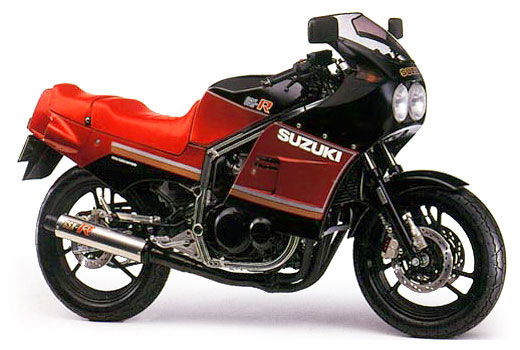
7. GF250S (1986)
Suzuki’s first-generation 250c four-cylinder, the GS250FW, might have been underwhelming, but if at first you don’t succeed… The GF250S was the next step and a marked improvement, with 16 valves and 45bhp, making it look much more like a viable rival to the dominant 250cc two-stroke twins it was up against. But the pace of development in the 1980s was relentless, and a mere 12 months after the GS250S appeared, Suzuki launched a ‘proper’ GSX-R250, complete with aluminium beam frame and full fairing, consigning the GF250S to the history books.
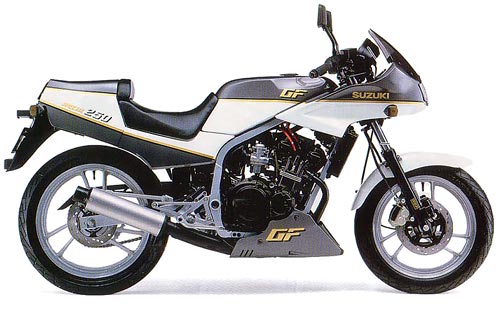
6. ST400 Tempter (1997-2003)
The long-ish production run shows that while the Tempter might be unfamiliar in the UK it was a success of sorts elsewhere. And with the current retro fad, which has seen Yamaha reintroduce the SR400 over here, one wonders if it might have been before its time. Although a little staid-looking in stock form, it’s a great canvas for conversion to scrambler or café racer. Convincing old-fashioned looks extend to a twin leading-shoe drum brake at the front. That engine is based on the LS650 Savage motor, so performance increases are relatively simple, too (while the 400’s power, at 27bhp, isn’t far from the Savage’s 31bhp, it’s a long way down on torque.)

5. NZ250S (1986)
The weird combination of wire wheels and futuristic styling (in a 1980s, Street Hawk sort of way) works surprisingly well on the NZ250, giving the bike a lithe, slim look. And with a dry weight of just 120kg it lived up to that appearance, too, managing to make the most of its 33bhp air-cooled twin. It was sold in Japan and Australia, but only for a year or so, making it rare just about everywhere today.
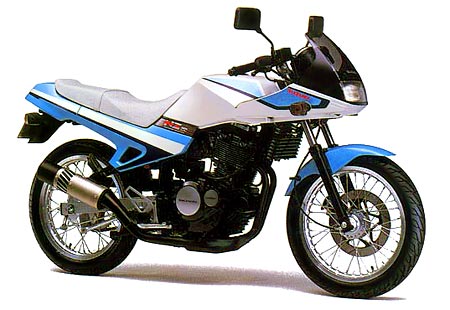
4. TV250 Wolf (1988-90)
The Wolf isn’t as obscure as some of the bikes on this list, but as a naked version of the seminal RGV250 sports bike it surely deserves wider recognition than it gets. Made for just three years, it was literally an RGV with the bodywork stripped off and a simple, round headlight bolted on instead. It didn’t even get streetfighter-style straight bars or repositioned footpegs. Sure, most onlookers will assume you crashed your RGV and were too tight to replace the bodywork, and the faired version is going to be faster and more comfortable thanks to a bit of aerodynamic assistance, but the Wolf wins for (1) having a cool name and (2) showing off that over-engineered, Brunel-esque chassis and race-bred V-twin two-stroke.
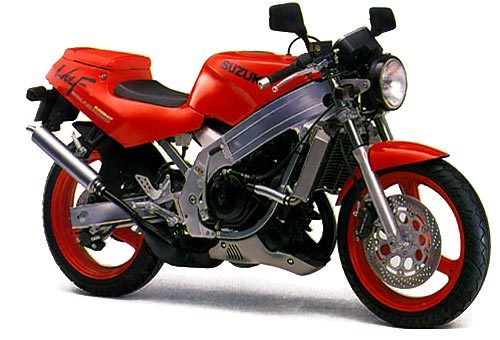
3. Bandit 250 Limited (1989-91)
No, not the ‘normal’ Bandit 250 (itself an oddball thanks to the combination of that jewel of a four-cylinder, 250cc four-stroke and budget-bike positioning in the range) but the ‘Limited’ version which managed to show just what an opportunity was missed with the rest of the Bandit range. The changes amounted to little more than a bullet fairing and a special paint job, but rarely has such a small tweak transformed a bike so effectively. Suddenly, instead of looking like, well, a Suzuki Bandit, the LTD was transformed into a slightly retro race-rep. The engine, with 45bhp, was the same as the GSX-R250, too. As with many of the bikes on this list, it was only sold in Japan, so finding one today could be a long, tough search. There was a 400cc version, too, with 59bhp and near-identical styling.
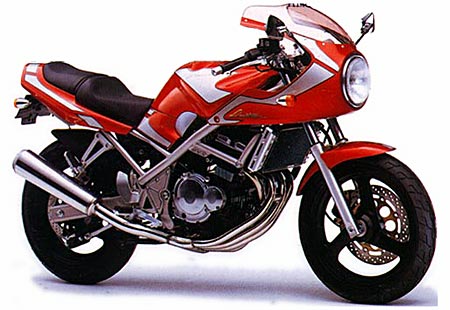
2. GSX400X Impulse (1986)
Bikes like the Katana showed that, during the 1980s, no company was as brave as Suzuki when it came to styling and taking riska with divisive ‘futuristic’ looks. The GSX400X is another machine that boldly went its own way. Mechanically it’s the same as the GSX-R400, or the Bandit 400 for that matter, with Suzuki’s 59bhp four-cylinder, but the firm pushed the boat out on the looks, with a bold red frame and wheels contrasting with the black bodywork and that weird Forth Bridge arrangement holding the headlight in place. The clocks were also a statement in red and black. Buyers don’t seem to have been convinced, though, as the bike was dropped after just a year.
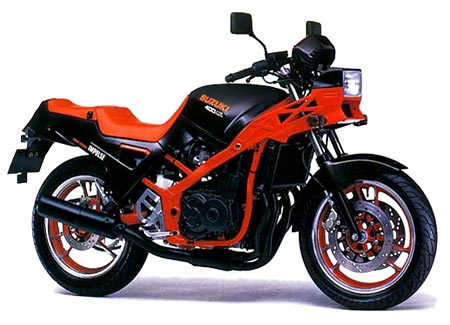
1. SW-1 (1992)
Remember our caveat that ‘interesting’ isn’t a synonym for ‘good’? Well this bike is the one we had in mind. The SW-1 is a horror, but one that’s remarkably brave if nothing else. The styling is supposed to be reminiscent of British bikes of the 1950s (think Vincent Black Prince or a ‘bathtub’ Triumph) and the firm even shipped at least one example over here to shoot its brochure, complete with London busses and a UK registration - athough ‘J58 CGS’ draws a blank on the DVLA number plate records. Bear in mind that around this time, Nissan was having success selling its retro, 1950s-inspired ‘Figaro’ and ‘Pao’ cars and you can see what Suzuki’s thinking was. Underneath that weird body was a 249cc single related to that in the GN250 – its twin-port design accounting for the SW-1’s twin exhausts. You’re looking at around 20bhp to lug a hefty machine (168kg was the quoted dry weight). And given that Suzuki went to the effort of making drum brakes for its later ST400 Tempter retro machine, it’s a shame it didn’t even stretch to wire wheels for the SW-1. The fact the whole shebang – wheels included – got a coat of magnolia paint (the less charitable might call it hearing aid beige) can’t have helped it fly out of showrooms. These days it’s one of those curiosities that will guarantee plenty of looks and a good talking point, even if the riding experience isn’t likely to be up to much.
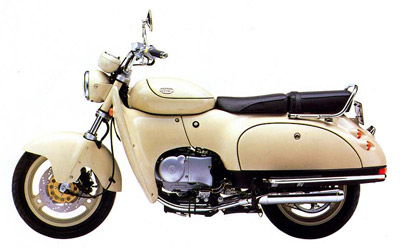
Want more?
Visordown readers' Top 10 motorcycles
Top 10 interesting Kawasakis you might not know about
Top 10 interesting Yamahas you might now know about
Visordown readers' Top 10 Aprilias
��
